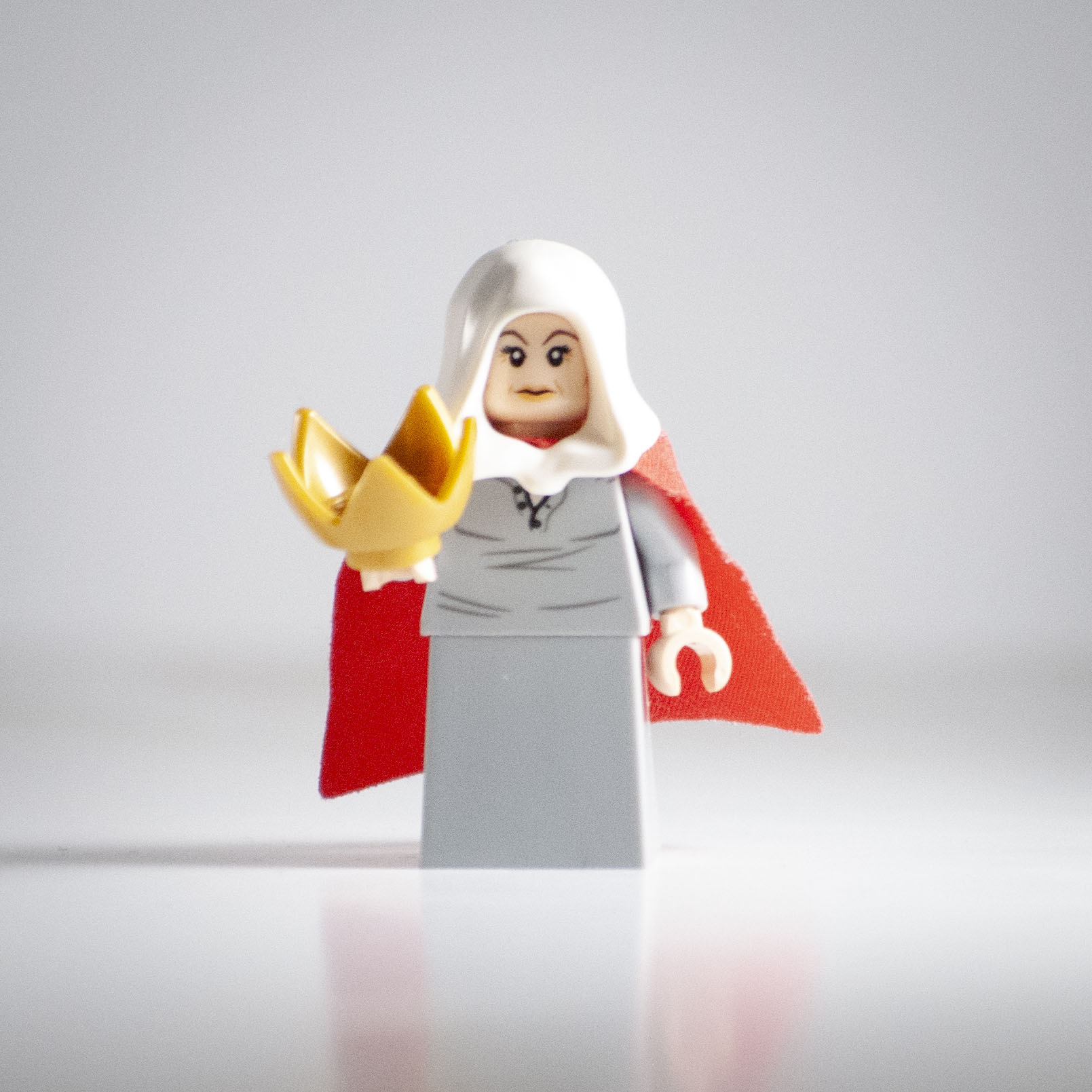St. Hedwig of Silesia
You'd think if you buried someone in a lead coffin with their name on it and kept it in the same place they died, it would be pretty easy to keep track of. But over centuries, even such seemingly obvious things can get lost. St. Hedwig's bones are one such artifact, forgotten sometime around 1764 and rediscovered by a fluke in 2020.
Beyond the interesting history of her remains, St. Hedwig was a devout duchess, who dedicated her life (and her sizable resources) to helping the poor, the orphans, and the widows in her community.
Lifetime: 1174 to 1243
Region: Bavaria; Poland
Patronages: Orphans; Poland; Berlin; Brandenburg
Iconograpy: Crown; Barefoot; Lay sister habit
Feast Day: October 16
Region: Bavaria; Poland
Patronages: Orphans; Poland; Berlin; Brandenburg
Iconograpy: Crown; Barefoot; Lay sister habit
Feast Day: October 16
Hedwig was born in Bavaria as the daughter of a count. She had several siblings, and through her sister Gertrude was the aunt of St. Elizabeth of Hungary.
At the age of 12, Hedwig married Henry the Bearded, duke of Silesia, though his reign was hotly contested by several other members of his family. Sometimes, some of Henry's family would challenge his reign (or he theirs), and conflicts arose, but Hedwig eloquently supported him, even getting him released from prison by a competing duke.
As duchess, Hedwig was given a lot of control over the duchy's finances, which she used wisely to support the most vulnerable around her. Beyond using her wealth to help the poor, though, Hedwig also helped people personally, visiting prisoners and debtors. She even invited sick and disabled people to stay in her castle while they recovered.
Hedwig and Henry also established numerous monasteries and several hospitals, and funded others that had already been established.
After Henry's death Hedwig dedicated her life even more to serving God by helping the poor. She joined a monastery that her daughter also belonged to, though Hedwig did not take vows. Instead, she became a lay sister so that she could continue using her wealth to help people.
Legends about Hedwig's faith abound. According to one story, she always walked barefoot in humility and modesty, despite her station. Her husband hated this, and one day he got so sick of it he convinced the bishop to order her to wear shoes. The bishop did, and Hedwig indeed did begin wearing shoes... tied to a string around her neck. According to another story she dedicated ten weeks teaching the Our Father to a poor woman.
Hedwig died and both she and Henry were buried at a monastery they founded.






